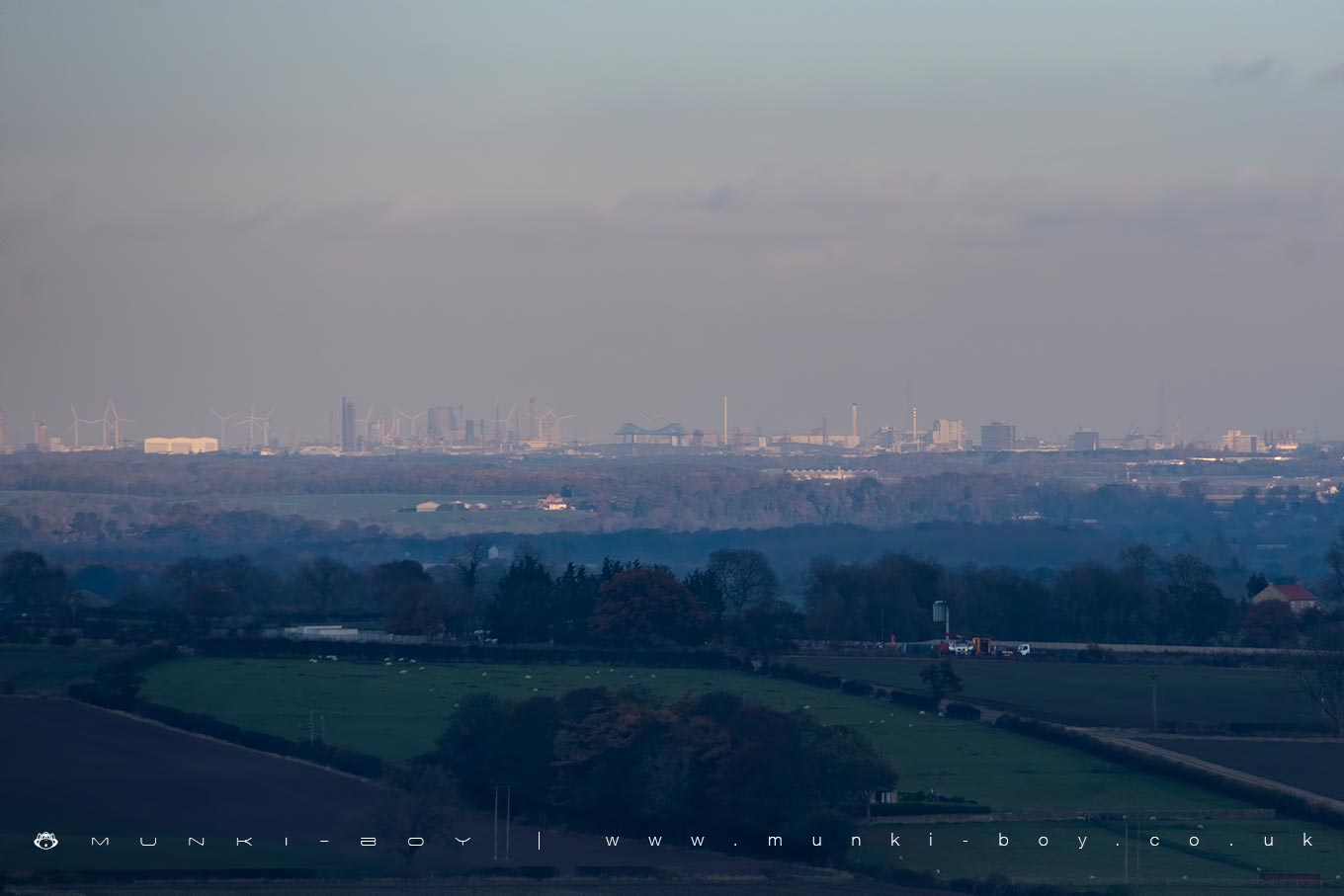
Middlesbrough
Middlesbrough, an industrial town in North Yorkshire, has a rich history shaped by its rapid growth during the 19th century and its role as a powerhouse of steelmaking, shipbuilding, and engineering. Originally a small rural hamlet, it was transformed by the arrival of the railway and the booming iron and steel industries, earning it the nickname “Ironopolis.” Today, while much of its heavy industry has declined, Middlesbrough remains a vibrant town with a strong identity, evolving into a centre for education, culture, and business.
At its heart is the iconic Transporter Bridge, a striking symbol of the town’s industrial heritage. Spanning the River Tees since 1911, it remains one of the few operational transporter bridges in the world, offering both a functional crossing and a unique viewing platform. The town is also home to the Dorman Museum, which explores Middlesbrough’s past, and the Captain Cook Birthplace Museum, celebrating the life of one of Britain’s greatest explorers, who was born in nearby Marton. Another focal point is Teesside University, a major institution that has helped drive regeneration, fostering innovation and attracting students from across the country.
Despite its industrial image, Middlesbrough has green spaces and cultural attractions that add to its character. Albert Park, a Victorian-era public park, provides a welcome retreat from the urban environment, while nearby Stewart Park, with its lakes and woodlands, offers a glimpse into the area’s more rural past. The Middlesbrough Institute of Modern Art (MIMA) has become a key cultural landmark, showcasing contemporary art and design in a striking modern building. With a growing arts scene, major redevelopment projects, and its location near the North York Moors and the coast, Middlesbrough is a town that continues to redefine itself while remaining proud of its industrial heritage.
Local History
Historic monuments near Middlesbrough
